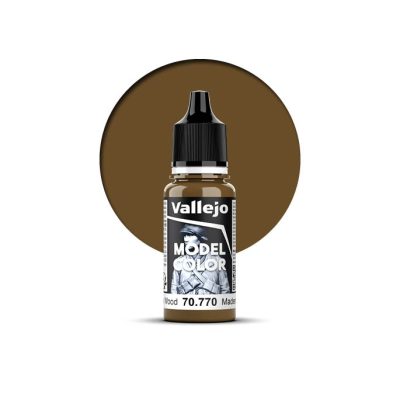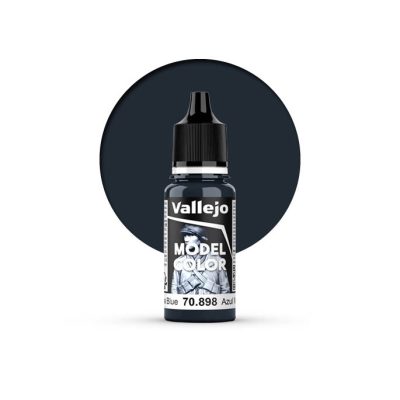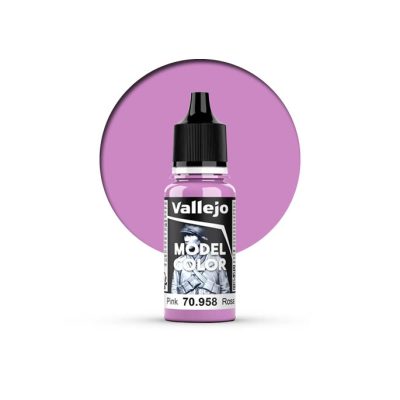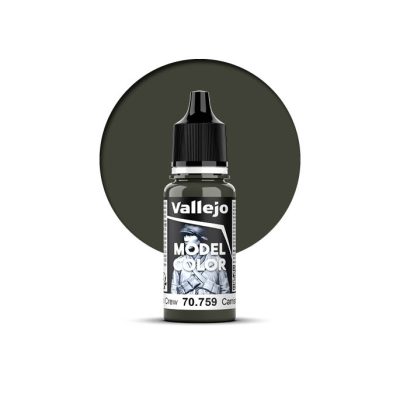With a minimumamount of €20.
Valid only from 2 items
With a minimumamount of €35.
Valid only from 2 items
With a minimumamount of €50.
Valid only from 2 items
With a minimumamount of €65.
Valid only from 2 items

Frequently asked questions (FAQ)
Model building
For your modeling projects you don’t have to make diorama water, scenic water or miniature water all by yourself, you can also buy it ready-made. Still want to get started yourself? Then you can use water, wood glue and toilet paper. Don’t forget to purchase the right colors for the water, too.
Modeling is not only fun, but also has benefits for your well-being. It stimulates creativity, improves concentration, relieves stress, develops problem-solving skills, imparts knowledge, offers social interaction and provides satisfaction. Get started today and enjoy the benefits of this exciting hobby!
A primer, also known as primer, is recommended before painting. It prevents the paint from dripping on a smooth surface and provides better coverage. Moreover, priming ensures that the colors you apply later will be brighter. Each person has their own favorite brand when it comes to primers. There are several types of primers available for modeling, depending on the material you are using. For example, for plastic models you can use an acrylic primer, for metal models a metal-based primer and for wooden models special wood primers. To achieve the best results, it is important to follow the manufacturer’s instructions. Remember to test the primer on a less visible area first.
Don’t feel like fussing with paint yet? No worries, you’ve come to the right place! Discover on our website a wide range of modeling products from various brands that do not require paint!
When working on a modeling project, it is essential to understand that each type of adhesive has its own unique properties and applications. Think wood glue, superglue, plastic glue and more. To get the best results, we recommend always following the instructions on the package and possibly experimenting with different types of glue. That way, you’ll discover which adhesive is best suited for your particular modeling project. If in doubt, do not hesitate to seek advice from experienced modelers or experts in specialized hobby stores. Safety always comes first, so make sure you use the glue in a well-ventilated area and carefully follow the safety instructions on the package.
Looking for modeling without glue? Then you’ve come to the right place! No hassle with glue, just enjoy building. Check out our website soon for all the cool stuff we have!
Modeling enthusiasts swear by using acrylic paint, the most popular choice within this field. Thanks to the unmistakable properties of acrylic resin and versatile solvents such as water and alcohol, this type of paint is not only safe and easy to use, but also durable and fast-drying. Moreover, the almost imperceptible scent is an added bonus. Whether you prefer to use a brush or airbrush, acrylic paint is a perfect fit for all your modeling needs.
Looking for modeling without paint? Then you’ve come to the right place! No hassle with paint, just enjoy building. Check out our website soon for all the cool stuff we have!
When determining the perfect brand for your modeling project, there are several factors to consider. The type of model you want to build, level of difficulty, materials, your budget and personal preferences such as category (animals, vehicles) all play a role. It is advisable to consider several options and ultimately choose one that suits your specific needs and requirements. Check out our modeling products for ideas!
Starting modeling can be an exciting adventure in which you can express your creativity and develop skills. Here are a few steps to get started:
1. Choose your area of interest: Think about what type of model you want to build, such as planes, cars, ships, tanks, trains or buildings.
2. Explore your options: Research different brands, scales and difficulty levels. See online forums and magazines for inspiration and talk to experienced modelers for advice.
3. Purchase tools: Browse our extensive selection on the website and discover all of our modeling items that can be assembled right away without the need for additional tools!
Step 4 – Which model to choose: Choose a beginner model that suits your level and interest. It is important to remain realistic and not tackle too difficult projects too quickly.
Step 5 – Start building: Follow the instructions carefully and build step by step. Take the time to accurately cut, glue and assemble each part.
Step 6 – Practice makes perfect: Practice with different techniques and materials to improve your skills. As with any new hobby, modeling takes practice and experience.
Especially For You





